Dumbbells are very effective for working out, but they can get costly, especially if buying multiple sets.
You can make your own weights for under $10 or even for free using stuff you already have at home.
The best part is that these cheap homemade dumbbells are just as good as the ones you buy.
You can make a DIY weight in less than 5 minutes, we included several methods with easy to follow steps and how-to videos.
If you want to make heavier dumbbells at home, we show you how to use sand and cement to get more concrete dumbbells. These can take a little more time to make but can last for years, so well worth the time spent and money saved.
The Advantages of Dumbbells For Home Workouts
- Add Variety – Bodyweight exercises such as push-ups are great because you can do them at home without weights. But by using dumbbells, you can add more resistance and better target specific muscle groups.
Homemade dumbbells are very effective for increasing your chest muscle mass without going to the gym.
Calisthenics (bodyweight exercises) are great for strengthening your core and building overall strength without external resistance. However, if you are not using weights in your chest workout, you are not maximizing the growth of your pecs.
Even an exercise like the burpee, which is one of the best bodyweight exercises, cannot substitute using weights.
Dumbbells allow you to isolate and focus on any muscle you want. For example, for stronger and bigger biceps, you can do biceps curls and do triceps extensions to increase your upper arm size. - Full Body Workout – There are lots of exercises you can do with weights and with dumbbells in particular. From dumbbell squats and lunges for legs to dumbbell rows for back and biceps curls for arms and the list goes on.
- Better than Machines for Building Strength & Mass – Having a set of dumbbells is useful even if you already own a full body workout machine. While these all-in-one gym machines are a convenient way to work out at home, dumbbells have their own benefits.
The most significant advantage of free weights over machines is in doing compound exercises. These kind of dumbbell exercises work multiple muscles and or body parts at the same time and have a better potential for building overall strength and muscle mass. - Flexibility – Having heights handy at home gives you the flexibility to work out however you want, whenever you want. You are not constrained by the local gym hours or by visiting the gym and finding out the free-weights area is too packed to train comfortably.
- Easy To Store – Rather than purchasing a Bowflex machine that will take up a large amount of space, a couple of dumbbell sets or compact adjustable dumbbells save you a lot of space in your home and can often be stored in a closet. You can still have a great workout without having gym equipment take over your entire home.
- Better for Weight Loss Than Cardio – Lifting weights, especially when mixed with aerobic exercises, is one of the most effective ways to burn fat and build lean muscle.
If you keep your rest periods short between sets and jump from one exercise to the next without long pauses you’ll work your cardiovascular system and your muscles at the same time, which is better for weight loss than just doing cardio.
Weight training also decreases your chances for getting diabetes and improves your blood sugar control levels more than doing cardio. - Strong Bones (not just strong muscles) – Lifting weights increases your bone density–which in turn reduces the chances of fracturing or breaking a bone. Don’t dismiss this as an advantage. A paper published by Harvard Medical School says lifting weights decreases the risk of osteoporosis, so here you have another advantage.
5 Ways To Make Dumbbells
Dumbbells are an easy way to change up your usual at-home workout, and there’s really no reason not to, especially since making your own weights isn’t that hard.
We are going to show you 5 ways to make light and heavy homemade dumbbells. Some dumbbells are super easy to make, while others are just a little bit more involved but well worth it.
Are you ready? Let’s go with the first method.
Homemade Water Bottle Dumbbells
These homemade water dumbbells are simple and very easy to make.
You can make them for free using supplies you already have in your home or spend just a few bucks to buy what you need. These DIY water dumbbells can weigh as little as 3 pounds each or up to almost 30 lbs.
Supplies
- Eight Water bottles
- Water
- Heavy duty tape (i.e. duct tape, masking tape)
- Tube, pipe, or something else similar that is sturdy
Steps
- Fill water into each water bottle, either full or as much as you would like them to weigh.
- Take heavy duty tape and wrap four water bottles together, then do this for the other four water bottles.
- Get your pipe, stick or a rode.
- With the bottom of the water bottles facing the stick, insert the stick into the middle space formed by the four water bottles. Repeat this step with the other water bottles, mounting them on the other side of the stick.
- Tape and secure the stick and water bottles to each other
Tips
- If you use eight 1.5L bottles with a standard tube, each dumbbell will weigh about 27 pounds (12.5kg). Using eight small 0.5L bottles, each dumbbell will weigh about 10 pounds (4.5kg).
- Use small bottles to make lighter weights or big bottles for heavier weights.
- Use a short stick or pipe to make a homemade dumbbell or a longer one to make a barbell.
- You can take an old broom you don’t need and saw it into halves to use as the handles of the dumbbells.
Make Dumbbells with Sand
These sand weights take only 30-45 minutes to make which is a little bit more time to make than the water bottle weights we mentioned before.
You will need a few tools, but it’s still quite simple to make even without much DIY experience.
These step-by-step instructions are easy to follow, and the video demonstrates every step along the way.
Supplies
- Two 20 oz (600 ml) or larger plastic bottles
- Ten pounds of sand
- Wooden dowel (one 8 inches long or two pieces of 4 inches)
- Four screws
- Paper
- Foam wrap (optional)
Tools
- Wooden saw
- Screwdriver
- Measuring tape
- Utility Knife
- Marker or pen
Steps
- Get two bottles and make sure the wooden dowel can somewhat tightly into the bottleneck. If it’s a little loose, it’s ok, but a tighter fit is better.
- Take a marker and mark the upper part of the bottles and cut them with a knife.
- Cut right below the label of the bottom of the bottle
- The top and bottom pieces should not fit around each other (we basically made the bottles shorter)
- Secure both parts of the bottle together with tape, preferably strong duct tape.
- Using a wooden saw to cut the dowel in order to get two pieces. Use a measuring tape and mark with a pen to make sure you cut the dowel into two pieces so that each will be 12 inches (30 cm) long. These will be the handles of the dumbbells.
- Roll some paper into a cone (funnel) shape with the hole at the bottom and secure it with sellotape or duct tape to keep the cone shape.
- Place the cone into the bottleneck and fill both bottles by pouring sand into the cones. The same should come to the top of the bottles.
- Press the stick into each bottle, approximately 4 inches (10 cm) deep.
- Using a screwdriver, take one screw and screw it into the bottleneck to secure the dowel into the bottle so it won’t fall off.
- This step is optional. You can use foam to cover the dowel to make for a more comfortable grip during exercise.
- Place the other bottle on the other end of the stick and secure it with the screw as you did in step 10. That’s it, how cool is that!
Tips
- For the dowel, you can use a wood stick such as of a broom or buy one from the local hardware store.
- It’s easier to secure the screw through the water bottleneck and wooden dowel with an electric screwdriver or drill than a screwdriver.
Homemade Concrete Weights
In this video and the instructions that follow, we’ll show you can make concrete dumbbells using cement.
These concrete dumbbells are much heavier and more robust, so if the previous do-it-yourself dumbbells we showed are too light for you, try the cement ones.
This project is a bit more advanced and will take a total of one week to make. Don’t worry, it doesn’t take the whole week to make. It only takes a week because the cement has to sit and harden for a few days.
Supplies
- One small bucket with 2 parts sand
- One small bucket with 1 part cement
- Two empty small buckets
- Wooden dowel (one 8 inches long or two pieces of 4 inches)
- Twenty screws
- White glue
- Sandpaper
- Medium sized paint brush
- Bucket of water
- Duct tape
Tools
- Screwdriver
- Measuring tape
- Utility knife
- Marker or pen
Steps
- Take a tape measure or a ruler and mark to cut a dowel into two pieces 12 inches (30 cm) in length each. You can use a saw to split it into two pieces, alternatively, simply buy two dowels that are each 12 inches long.
- crew 10 screws into each side of the dowel. These don’t have to be in any pattern they should all stick out about 1-1.5 inches (2.5-4 cm)
- Take the empty bucket and pour into it 2 parts of sand and 1 part cement, mix and stir together.
- Take about 1 tablespoon of white glue and add to a container with about 2 cups of water.
- Add the water and blue mixture to the sand and cement mixture from step 3.
- Mix thoroughly until the mixture has a uniform consistency. You may need to add a bit more water while stirring until you get a cream-like uniform consistency.
- Either put the cement mixture into the small empty bucket you want the side of the dumbbell to be in OR keep the mixture in the bucket as is if that is the size you want the ends of the dumbbell to be.
- Place one end of the dowel into the mixture. Note: make sure the dowel is straight and not tilted.
- Leave the bucket with the dowel in a safe area and let it sit for 2-3 days until the cement is completely dry.
- After the cement has dried, repeat steps 3-9, this time putting the dried cement bucket on top of the newly created one.
- After 2-3 days, the other side of the dumbbell has set.
- Now you need the remove the plastic buckets to expose the cement. Use a utility knife and carefully cut the plastic bucket so it would be easier to tear away and detach the plastic buckets from the cement. (Tip: you may heat the utility knife to make the cutting easier)
- To make your dumbbell nicer, use sandpaper to smooth any rough edges.
- Create a 2 parts glue with 1 part water mixture (a cup of water is enough) in an empty container, Mix the glue and water thoroughly in the container.
- Apply the glue and water mixture with a medium paintbrush to the cement on both sides of the dumbbell. This “painting” of the dumbbells with the glue mixture keeps the cement from coming apart.
- (Optional) you can wrap the dowel with foam or rubber (glue it to the stick or use duct tape). It will make the dumbbell grip thicker, making it more comfortable to hold.
Tips
- If you buy a large bag of cement concrete mixture (40-80 lb.), you can make multiple dumbbells of different weights for your home gym.
- If you can get two dowels each about 8″ long (30 cm), that would save you from having to use a wooden saw to cut it into halves. Some hardware stores can offer to cut it for you.
- Since you need to screw 20 screws into each dumbbell (ten on each side) making this a total of 40 screws for a pair of dumbbells, it’s easier to use an electric screwdriver or drill with a screwdriver head.
Homemade Milk & Water Jug Dumbbells
If you only need light dumbbells, there isn’t much point in making the sand or concrete dumbbells we mentioned earlier. These homemade dumbbells for great for lightweight workouts, and they are really easy and quick to make.
We usually already have all it takes to make dumbbells at home, but we rarely think outside the box to realize it!
There are many ways to make dumbbells out of milk or water jugs, but this method is by far the easiest one. You can make your own weights in less than 5 minutes, no tools required!
Supplies
- Two milk jugs, water jugs or small water bottles (depending on your needs)
- Water, rice, pebbles or sand (you determine how heavy you want)
Steps
- Take your milk jugs, water jugs, or any other kind of bottle, and fill them with water, rice, pebbles or sand.
- Secure the original lids back onto the jug and lift. That’s it.
Tips
- Large jugs filled with water will weigh about 5.5 pounds (2.5 kg) each. Fill with pebbles to get weights of about 8 pounds (3.5 kg) each.
- Be creative you may even use smaller or bigger bottles depending on how heavy you want the weights to be.
- Improvise! Don’t constrain yourself to work out only with conventional dumbbells. Water jugs you already have at home can work out your muscles just as good as a real dumbbell (and without spending money)
The Backpack Weights
Looking for something heavier?
Turn any backpack you have lying around into an effective homemade weight with which you can do many exercises to target all muscle groups.
Take a backpack or a duffel bag and fill it with books, magazines, or any heavy stuff you find at home.
If you fill the backpack or duffel bag with books or magazines, it can quickly get really heavy, which is ideal for intense home workouts.
It can act as a quick adjustable weight because you can swiftly add or remove stuff from the backpack. Making it lighter or heavier within a few seconds is great for keeping your rest between exercises and sets to a minimum.





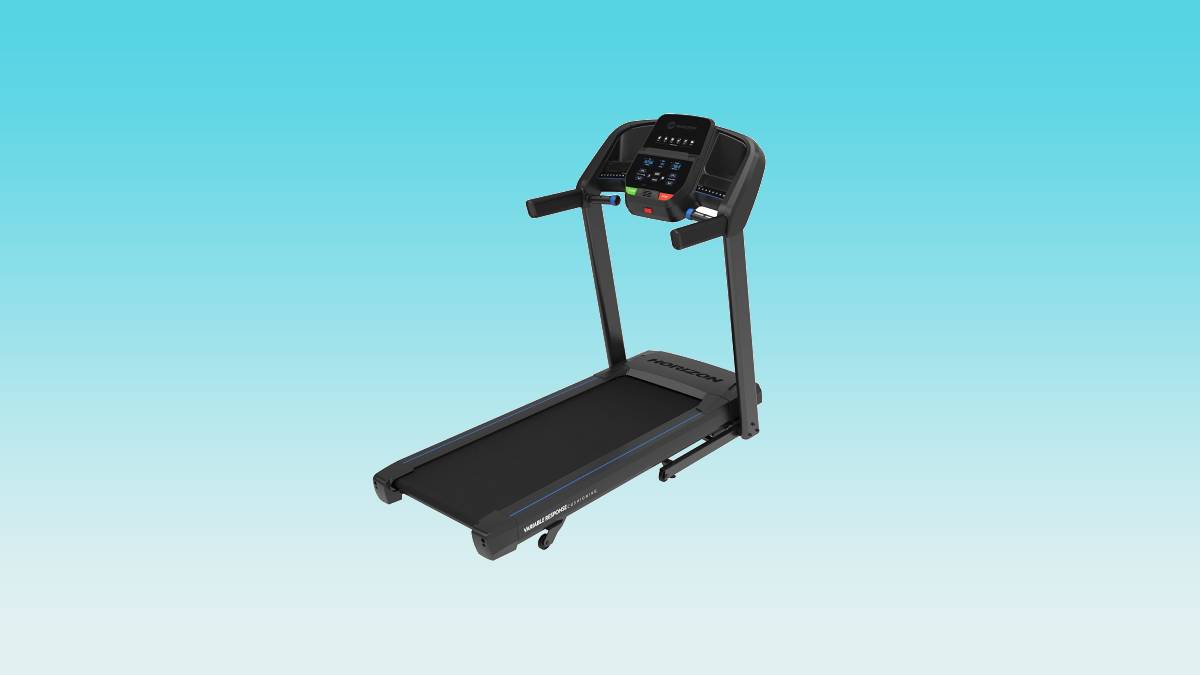
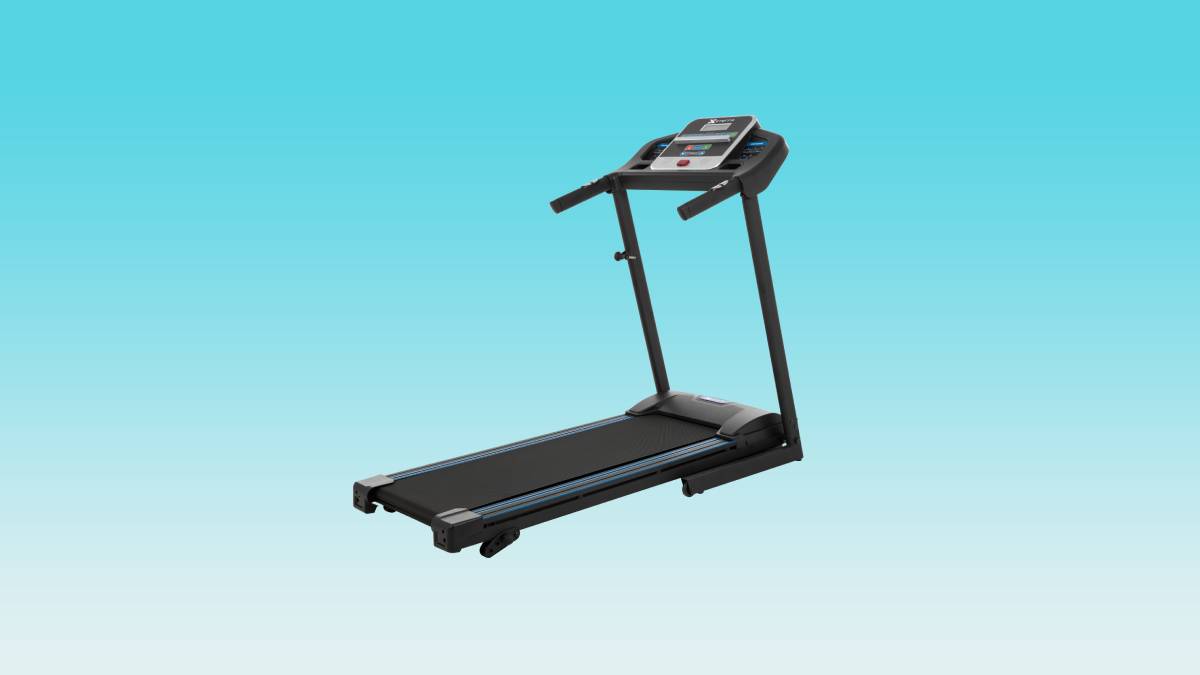
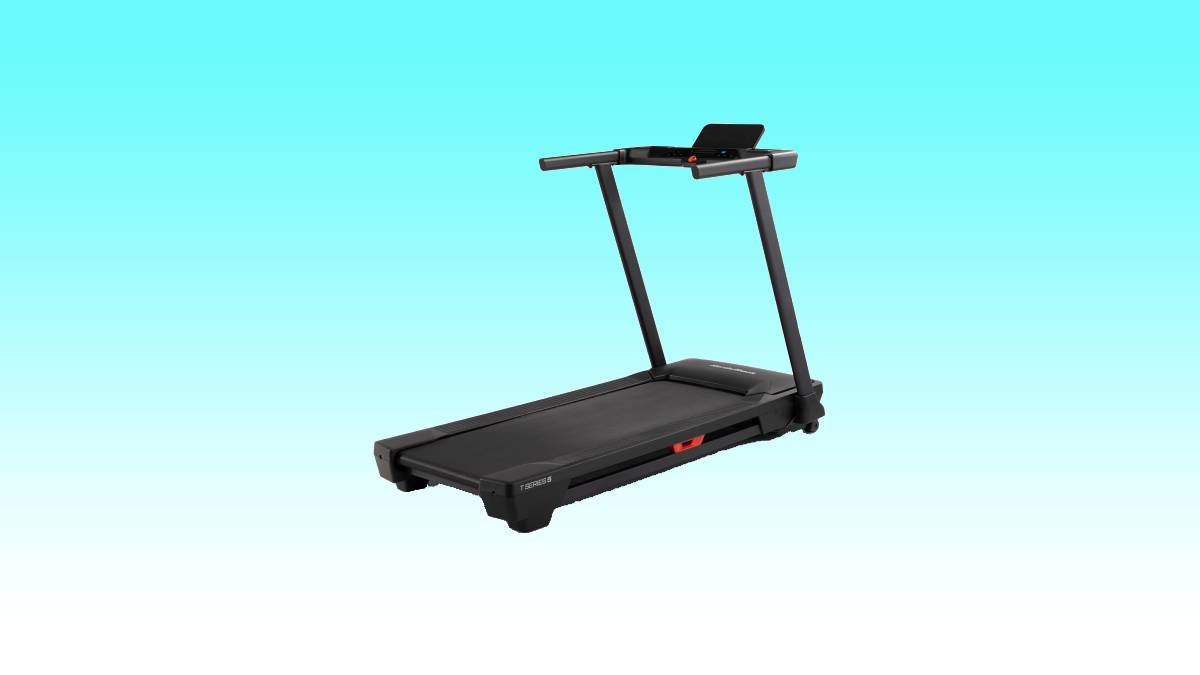
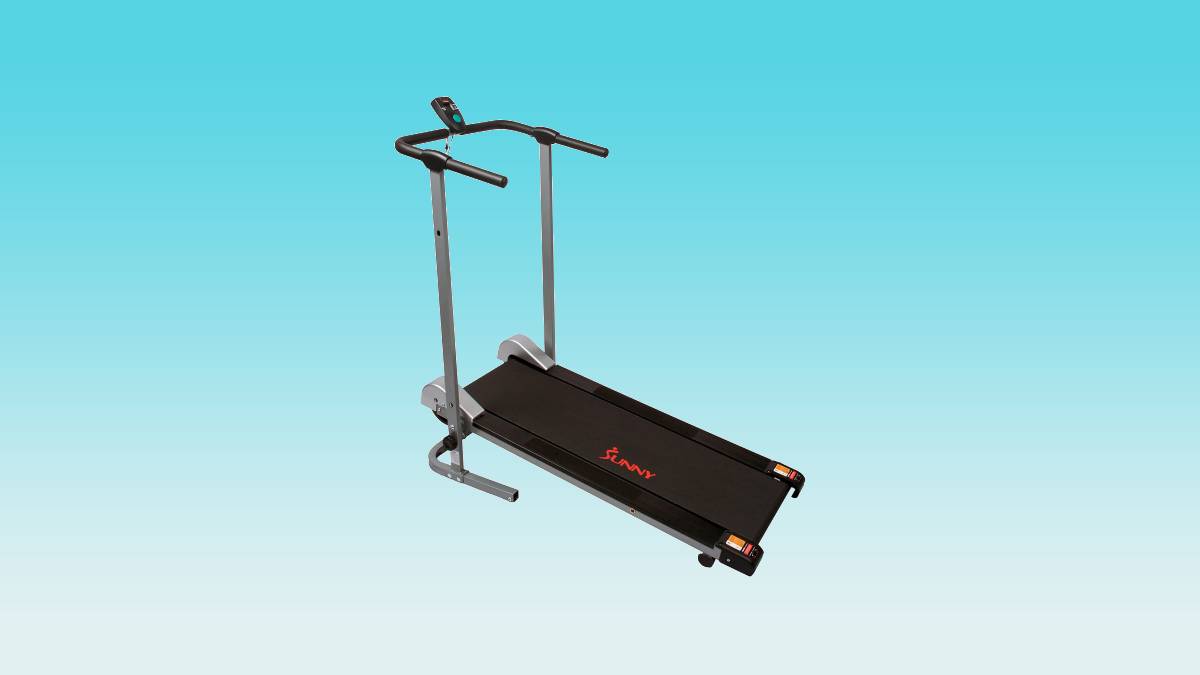
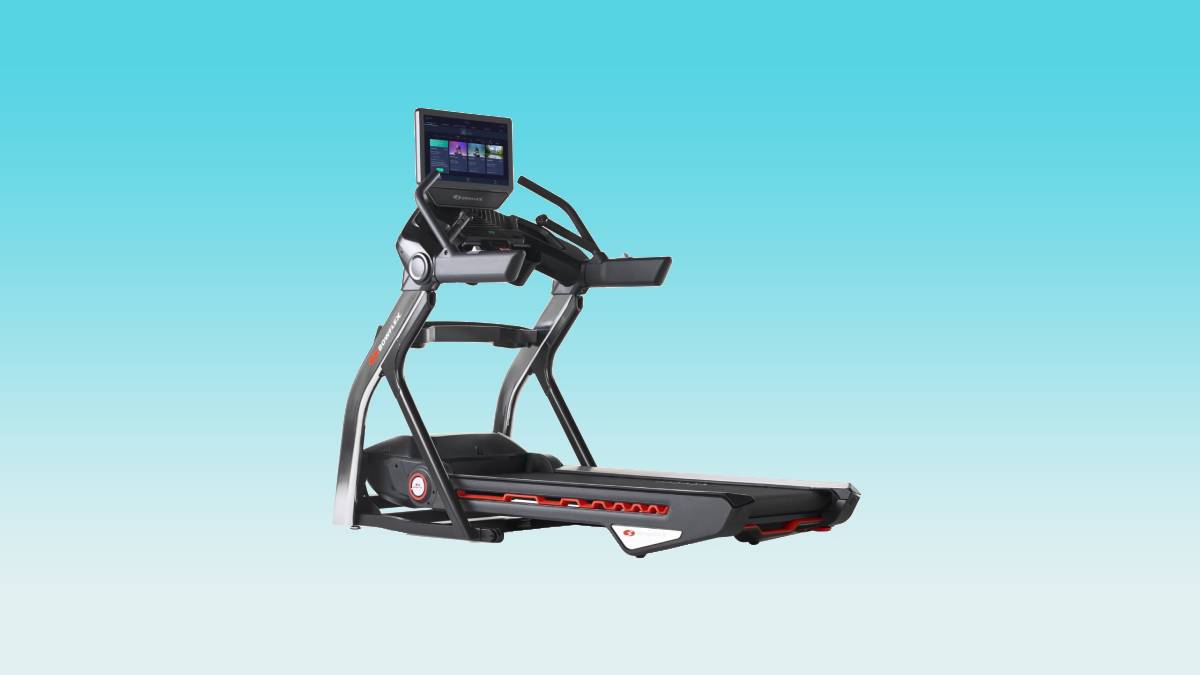
Leave a Reply